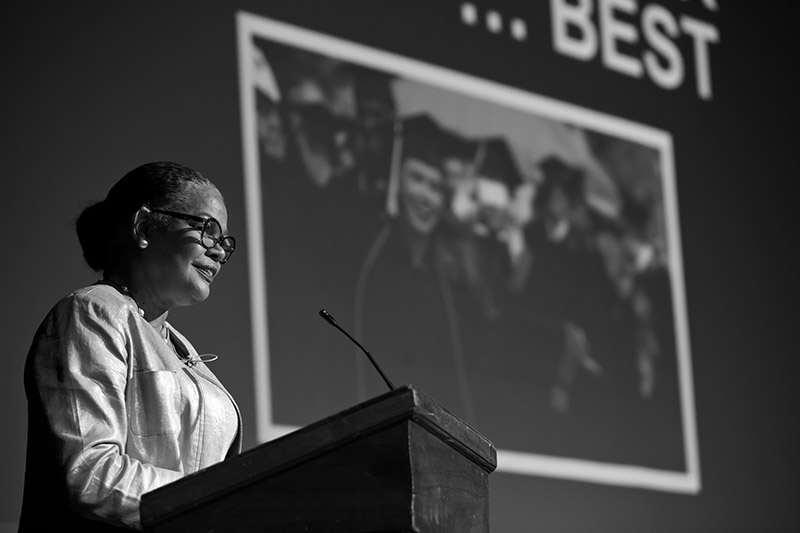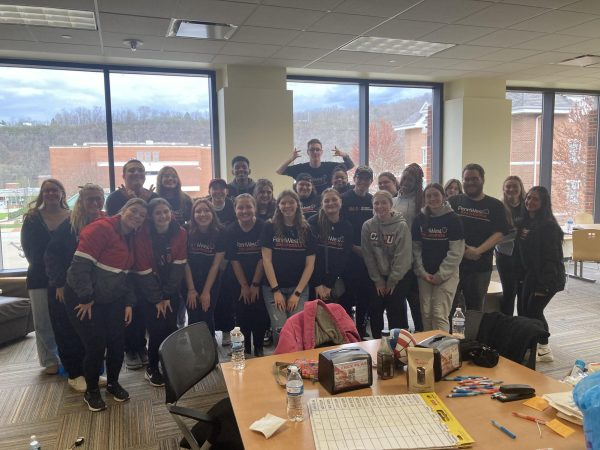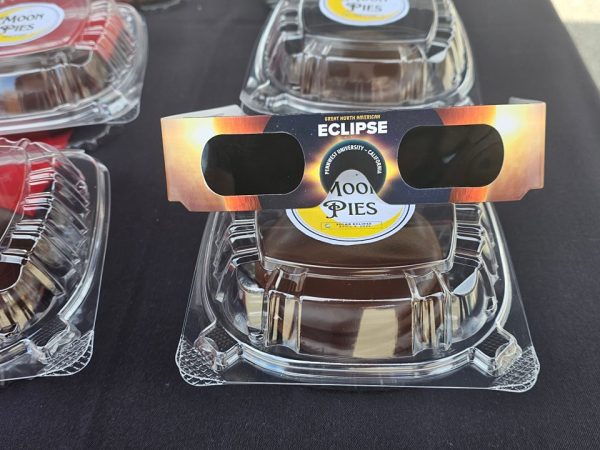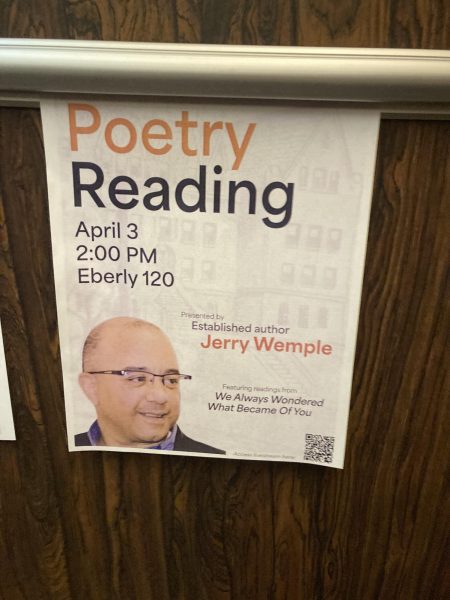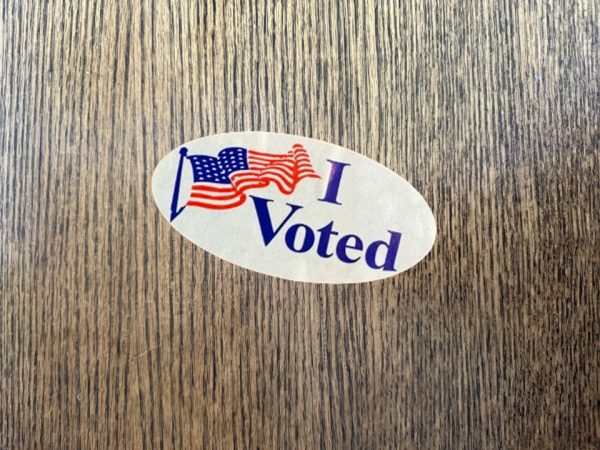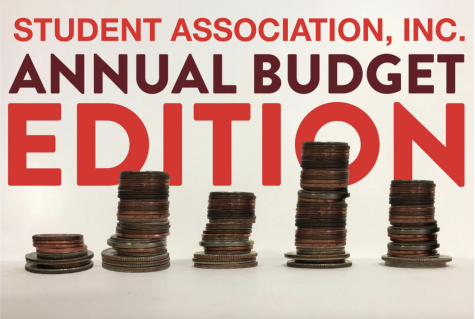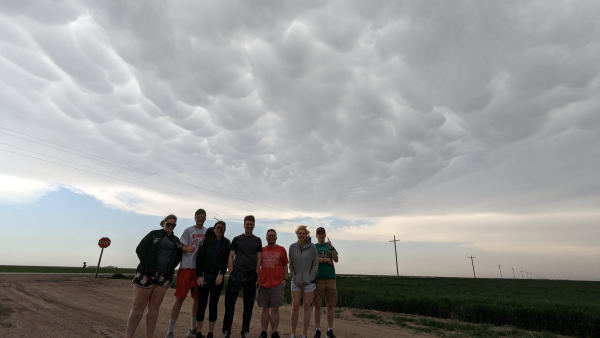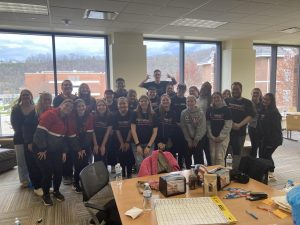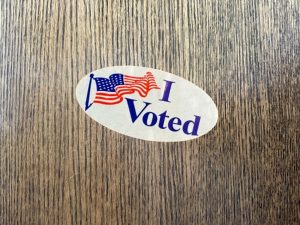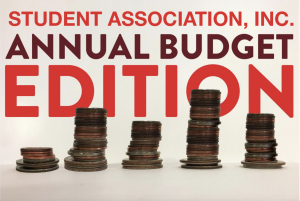Declining Enrollment, Deficit Means Cal U Must Adapt
Demographics contributing to declining enrollment and spending that exceeds university revenue has forced California University of Pennsylvania to closely examine many facets of its operations in an effort to save money, create revenue, and cut into a $4.5-5.5 million deficit, Interim University President Geraldine Jones said during the Fall Faculty and Staff Convocation held on Sept. 3 in the Steele Hall Auditorium.
Jones’s remarks updating the campus community on many key issues came after California University of Pennsylvania Association of Pennsylvania State College and University Faculties (APSCUF) President Barbara Hess claimed that despite an emphasis on things like shared governance, the way the university operates has remained unchanged. “There have been so many things that were supposed to happen and didn’t,” Hess said. Hess also told those in attendance the university wasn’t making sufficient progress concerning its search for a new president and the pending university strategic plan. “The university announced a search committee [for the position of president], and after that, there hasn’t been any additional progress,” Hess said. “And the strategic plan is still being formulated.”
According to Hess, there has also been no progress in labor negotiations between employees and the university. “When people around campus stop and ask me how negotiations are going, I answer that they’re going nowhere,” Hess said. “There have been meetings held and we have been talking, but there has been no progress. We are still working on an expired contract.”
In these uncertain times, Hess is calling for faculty to become more actively involved. This includes reading and commenting on the strategic plan when it is emailed in the future, attending and asking questions at the Council of Trustees meeting scheduled to be held on Sept. 16 at 7 p.m. in South Hall, and attending a social mixer aimed at establishing a united front between coaches and other faculty and staff members. According to Hess, this solidarity became especially essential after the university did not retain a number of assistant coaches late last spring. “Coaches are some of our hardest working, student oriented employees,” Hess said. “The non-renewed coaches were APSCUF members. There needs to be more cohesion between coaches and the rest of our staff.”
When Interim President Jones took the stage, she began by saying the university had delivered its action plan to the state system. “The action plan laid out where we are going, where we’re going, and the outcome we want to achieve.”
Jones made it clear that, moving forward, the university will need to embrace change as “one big campus community.” “There have been a number of changes made at Cal U over the years,” Jones said. “As we move forward, I know that some of us are uncomfortable with change. However, change is a good sign of the university being able to adapt. In life, the only thing that’s constant is change.”
One academic department that will see change is the Liberal Arts program. According to Jones, after taking a “close, in-depth” look at the program with its faculty, Jones said Liberal Arts would be trimmed from nine departments to six.
“After careful consideration, we have decided these changes to the Liberal Arts department will make things more streamlined and better for students.” Changes will be seen during the Spring 2016 semester.
Concerning enrollment, Jones presented numbers that represent a mixed bag of positives and negatives for the university. Student enrollment in the graduate program, which has seen incremental increases in recent years, is up 9.3 percent compared to last school year. 2,079 students are enrolled in the graduate program this year compared to 1,902 in 2014-2015. However, as of Sept. 8, for the fifth straight year, undergraduate enrollment has declined. This year, 5,807 students are enrolled as undergraduates compared to 6,076 students in 2014-2015, a decrease of 4.8 percent.
When asked about declining enrollment last fall, university officials said part of the reason for the trend was a decline in the number of college age students in the region of Western Pennsylvania. Because of the baby boom in the mid 1990s, among other factors, Cal U had experienced a 14-year enrollment increase from 1998 to 2011, topping out at a combined graduate and undergraduate total of 9,483 students in 2011-2012.
Christine Kindl, director of communications and public relations at the university, said although the number of incoming students plays a role in enrollment numbers, so, too does a large graduating class, such as the class of 2015. “When a large class of seniors graduates, it takes a big class of incoming students to make up the difference and keep enrollment steady,” Kindl said. “To use round numbers, if 500 seniors graduate, for example, and you enroll 550 freshmen, your total enrollment goes up [assuming all else remains the same]. But if you graduate 700 seniors and enroll 550 freshmen — in other words, the same number of freshmen — your total enrollment goes down. There are many factors that influence overall enrollment; the number of first-year students entering the university is just one of them.”
However, the university is introducing a litany of new programs and recruiting efforts aimed at increasing enrollment. As of Tuesday Sept. 8, Stanley Komacek, formerly an associate provost of academic affairs, has been reassigned and is now the associate provost for enrollment management. There is also a nationwide search for a vice president of marketing.
The university is also hoping undergraduate programs introduced last year in social deviance, land management, and homeland security continue to see sizeable enrollment increases as they have this year. Jones also said the university will continue looking to introduce programs in areas where high demand is present.
On the graduate side of things, three new graduate programs housed online over the past summer each had 12-15 students enrolled. In the spring of 2016, a masters program in health science will begin, giving students their first ever chance to earn a doctorate degree at Cal U. The program will be held 100 percent online, and around 20 students are currently interested in enrolling. Jones said this “will not be Cal U’s only doctoral level program,” and the university will continue to look at areas where they can expand.
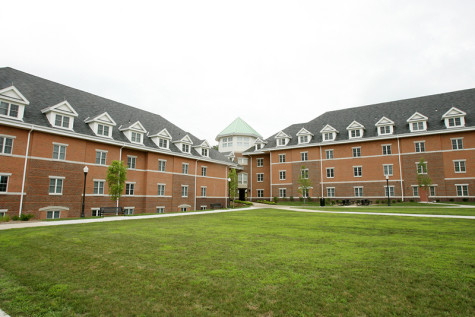
Coming soon, the university is also going to offer a new program titled “Crossing the Finish Line,” which will allow 13,000 former Cal U students, along with the over 500,000 former students in Pennsylvania with an associates degree, to obtain a bachelor’s degree. Students will have the option to complete the program 100 percent online or on-campus. According to Jones, this program will expand on Cal U’s online program, which is already ranked number one in the PASHEE system.
Aside from innovative new academic programs, Jones also announced the university decided to purchase all six residence halls from Student Association Inc. (SAI). This will save the university over half a million dollars in operation costs per year, and save over $25 million dollars over the next two decades.
According to Jones, this purchase will also benefit students. Now that the university is out of its agreement with SAI, Cal U can tailor dorms more toward student wants and needs. This means things like large numbers of single occupant dorms could become a reality in the future.
Students will also see technological improvements across campus. 340 new computers have been added in the New Science Hall, Noss Hall, Eberley Hall, and Helsel Hall. The banner system on the Vulcan Information Portal (VIP) has also been improved, and Jones said students would notice the improvements in speed when registering for classes later this fall.
While Cal U is still awaiting the passing of the state budget, Jones said it is expected Cal U will either see no change or a slight increase in state appropriations, a welcomed change for state schools
Moving forward, Jones acknowledged the university will continue to face challenges. However, the “talent, intellect, and energy” present on Cal U’s campus makes no challenge too difficult to solve. “Everyone needs to put their talents to use,” Jones said. “Shared governance makes it possible for everyone to get involved and share their ideas. By getting involved, we can all make Cal U the best it can be.”
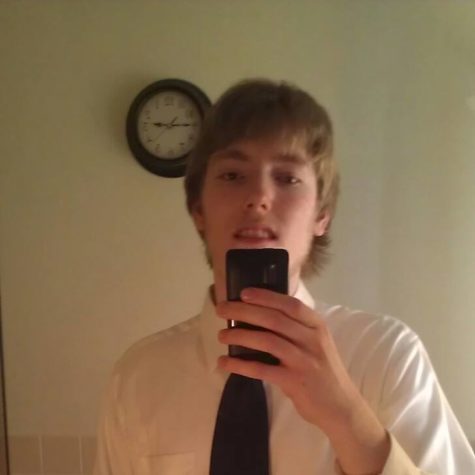
Stetson was a writer and News Editor for the Cal Times newspaper before his graduation in the Fall of 2015.

